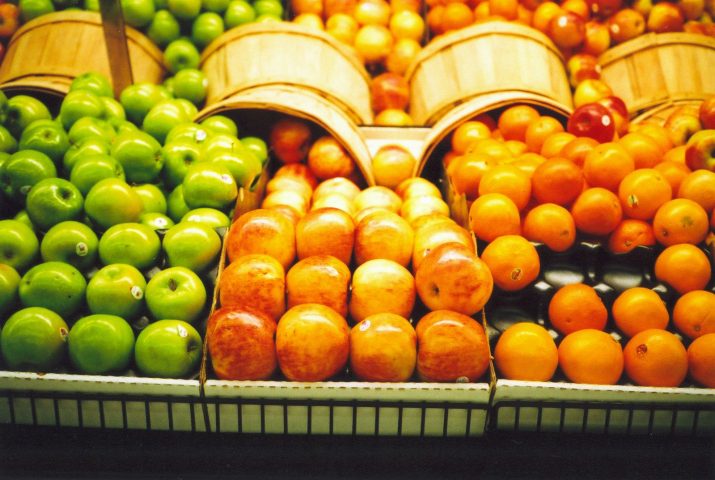What’s behind South Africa’s rising food prices?

BY | JUN 30, 2021 | FOOD SECURITY |
Rising food prices continue to dominate the headlines, domestically and globally. It is not unusual for one to see complaints about rising sunflower oils or broader headline food price inflation on the domestic front. This has, in turn, raised questions of how this could be in a year of abundant agricultural harvest?
The answer goes back to the fact that South Africa is interlinked to the global food system, which at the present moment is facing an uptick in prices. Consider the sunflower oils; South Africa is a net importer of sunflower oils, importing on average 197 342 tonnes per annum in the past five years. Additionally, South Africa imports, on average, 477 185 tonnes of palm oil a year.
The global prices of these products have been on an upward trajectory for months, with the global vegetable oil prices reaching the highest level since 2011 in May this year. These increases are caused by the combination of lower supplies in Southeast Asian countries, specifically for palm oil, and rising demand for sunflower oils and soybeans, particularly in China and the global biodiesel sector.
South Africa gets to experience these shocks, hence even if one observes the recent consumer food price inflation data, the oils and fats were amongst the categories showing the fastest increases within the food basket in May 2021 CPI release. Also, worth noting is that, unlike other domestic summer crops, which are set to increase in the 2020/21 season, South Africa’s sunflower seed production is down by 9% y/y, which once again necessitates the need for imports.
In May 2021, South Africa’s consumer food price inflation accelerated at the fastest pace since July 2017, measured at 6,8% y/y, from 6,7% y/y in April 2021. The underpinning drivers of this increase were the aforementioned oils and fats, meat, vegetables, and to an extent, staple grain related products.
The grains products prices are at relatively higher levels, not because of supply constraints in the domestic market, but the surge in global prices. South Africa has its second-largest grains harvest on record, and maize prices are at export parity levels. The second-largest maize harvest on record in the 2020/21 production season has not led to a decline in domestic maize prices. This is mainly because of the 56% increase in export parity prices in the 2020/21 season. Export parity prices are derived from the global maize price multiplied by the exchange rate minus transaction costs and can be regarded as a “floor price” for domestic maize prices. As domestic prices trade closer to export parity levels, South African maize becomes more competitive in international export markets, triggering an increase in volumes of exports or demand by foreign buyers.
You can read the full article by clicking here (paywall). The article was written for and first published on News24/Fin24.



